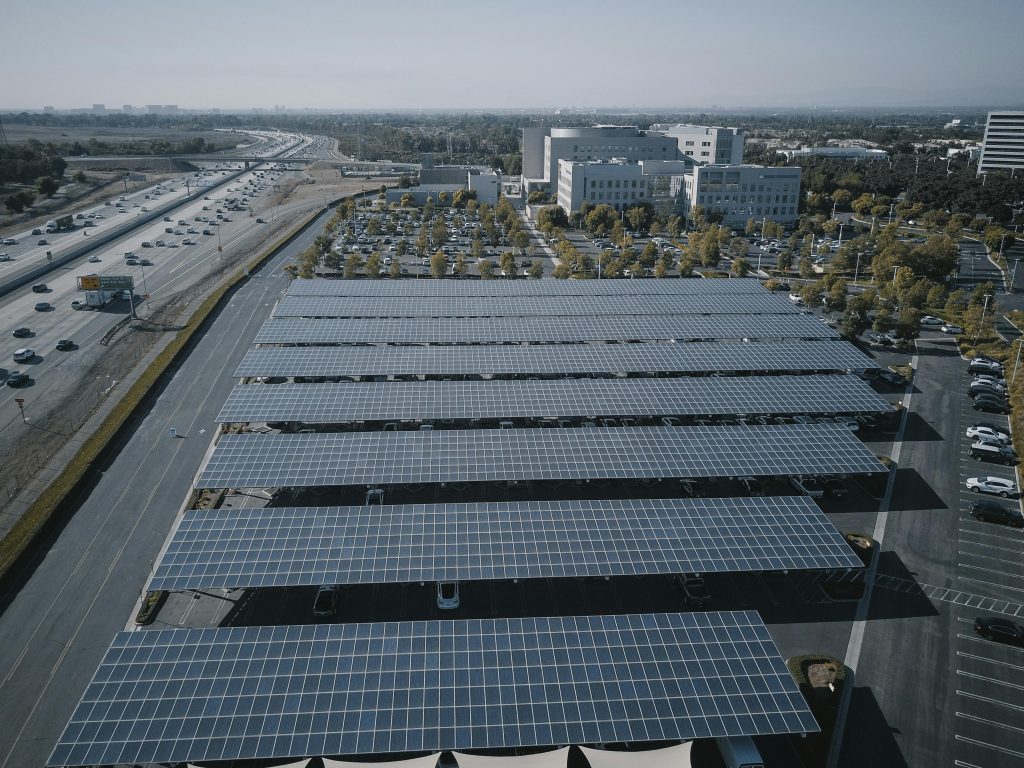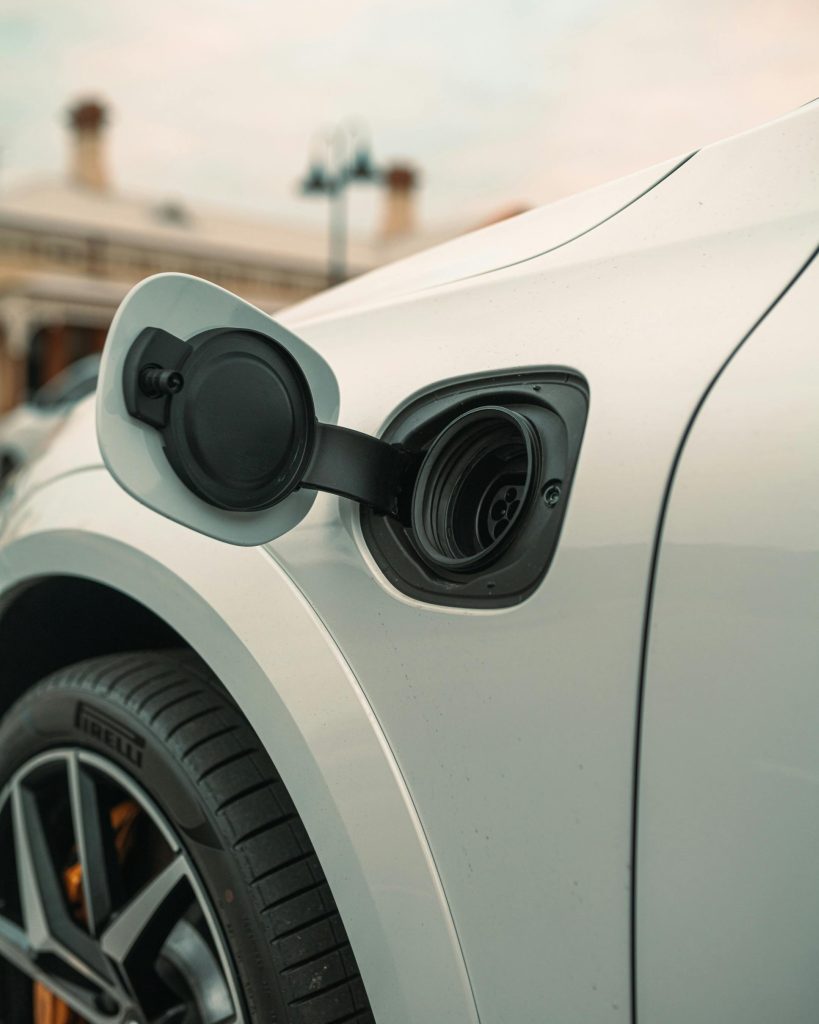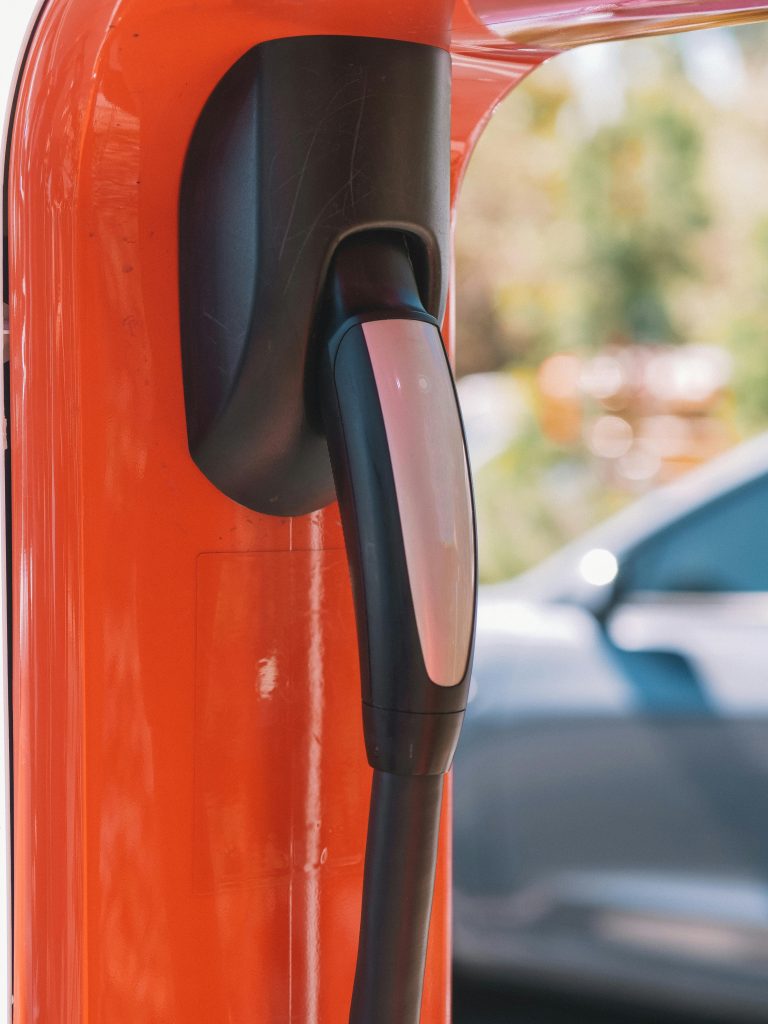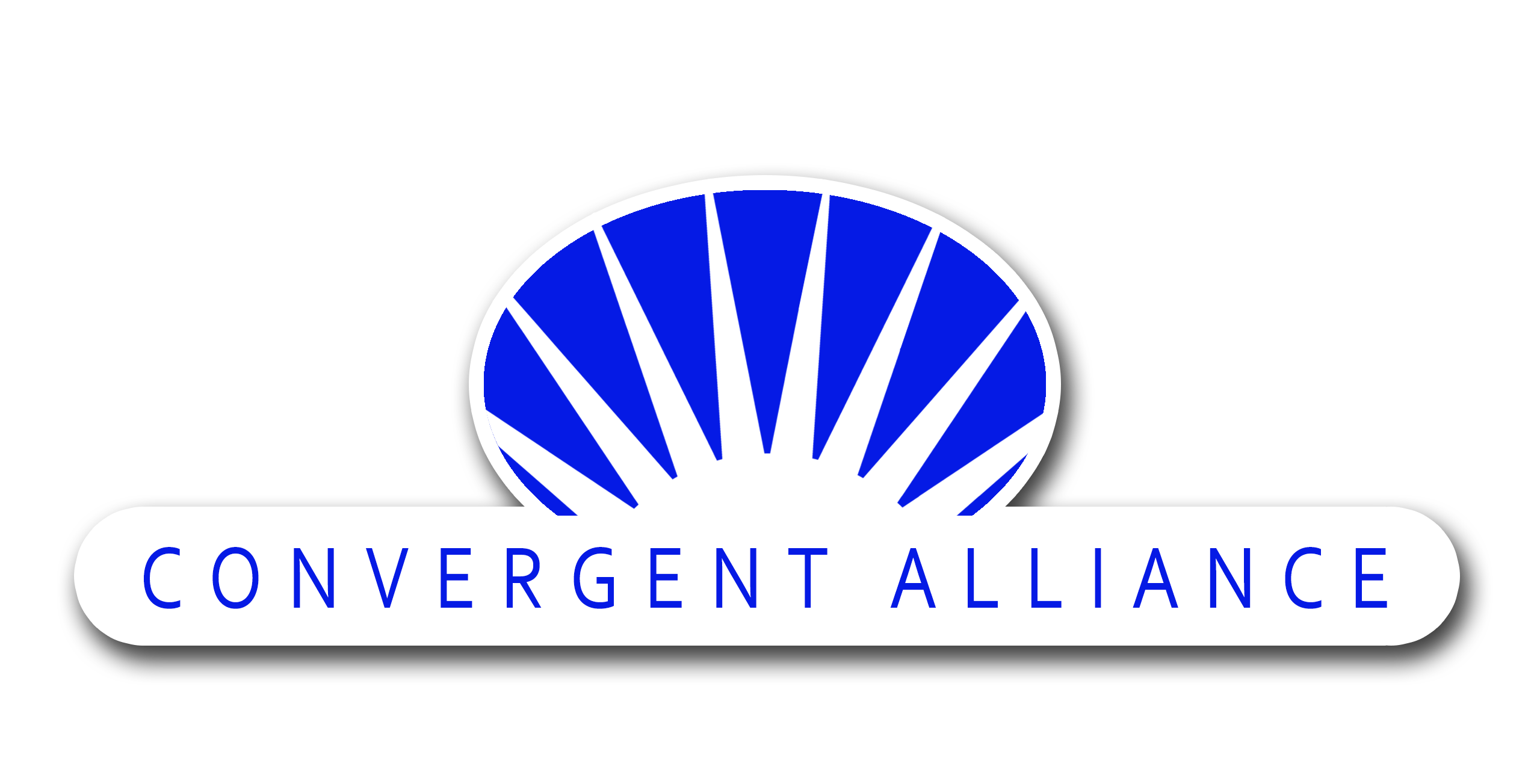Mobility
Change is coming...
Your business was probably worth the most after Covid in 2020 and 2021.


Covid Changed the timelines for mobility transformation much like any other business model around the world. A good amount of workforce now to adopted to work at their homes permanently.
In 2020 and 2021Auto industry in the US enjoyed its most profitable dealer body in its history. Let alone drop in value as we had predicted four years ago, auto dealer valuations skyrocketed to never seen transaction prices.
Clearly, Covid changed the previously predicted timeline for mobility transformation significantly. Nevertheless, we are back on track again with a slight delay of about four years. Global rideshare market size is projected to grow from USD 123 billion in2024, to USD 480 billion by 2032 and at a rate of 19.5% per year.
As of 2024,58 million Americans used Uber, up from 41 million in 2023 and 25 million used Lyft for a total of about 83 million users. Total ride hail with 76% Uber and 24% Lyft. At the initial stages of electrification and rideshare concepts, like that of (DOT COM) boom at the turn of the century, a flood of start-ups invaded the arena with different variations of rideshare as well as new EV manufacturers which have entered the market and disappeared before most people even heard of them.
Cost of ownership vs Ride share: Car payment, Insurance and maintenance, gas and parking:
$12,182/year
Ride hail cost today with the driver $2.50/mile; slightly higher than ownership per year. With stage 5 autonomous technology, once the driver is eliminated, cost per mile will drop below $1/mile…
Crunching the data...
SOME FACTS ABOUT EV SALES:
- 2024 EV sales in the US 1.3MM, 7.3% increase over 2023
- 4th Qtr sales increase by 15.2%
- 3rd Reached record high market share of 8.9%
- Largest EV companies produced 14MM vehicles worldwide in 2024
STATUS UPDATE ON WEYMO:
- Over 25 MM miles in 2024
- 84% lower accidents than huma drivers
- Now servicing S.F., LA, Austin, Phoenix, and soon Atlanta on Uber apps.
VEHICLES ON THE ROAD STATS:
- Total vehicles count in the US as of 2018 (Internet)
- 297 MM in 2024, 292 MM in 2023, 5 MM per year increase, or 1.6%/year,
- 35% of the number is cars (96.6 MM)
- 8 million Uber and Lyft drivers in US
- Rental fleet is declining it was less than 21% of sales in 2024
- Taxi rides 43mm TOTAL USAGE AND 15% OF USERS
- Annual scrap rate: 11.5mm
- Average commute time in Metro LA: 70 minutes
- Metro market single driver commute stats: 74.4% (LA)
- Car pool usage stats: 9.9% (LA)
- Average time parked for private vehicles: 19 hours per day


Future of Auto Dealers in the U.S.
Industry has enjoyed year over year growth of retail sales for the past 12 years, the longest steady increase ever in business. Aside from reaching the start of the cyclical downturn, now, there are many other factors that make it evident that auto retail industry as we know it today will cease to exist in less than a decade. Let’s take a look.
2024-2030:
• Starting in 2026, cyclical downturn will cause new vehicle sales to drop by about 300,000 units.
• Ride hailing and ride sharing companies will continue to grow in human driven stage and more businesses will emerge to provide various venues of this mobility format. This will further contribute to drop in new vehicle sales in metro markets.
• Manufacturers will increasingly build special ride share fleet vehicles with technology which will make them more accessible, affordable and convenient with increased data sharing and phone apps.
• Some companies will expand their autonomous ride hail experiments to additional markets.
• “Vehicle Subscription” concept will spread among manufacturers and eliminate the legal obstacle of conventional price fixing laws. Consumers will subscribe at fixed prices at automakers’ websites and pick up their vehicle at their local dealer. Dealers will also be offered a fixed margin for every one of the subscribers based on their selection of price range.
• Finance department revenue will start sharply declining.
2031-2035:
• Ride share and ride hail services will become increasingly autonomous. This will make cost of ride share more affordable and convenient which will cause privately owned vehicle sales to decline even further.
• Anticipated number of dealers in 2035 will be below 10,000 in the U.S. Total new vehicle sales will also drop below 9MM units.
• Stage 5 Autonomous vehicles for private ownership will become available at an outrageously expensive price tag.
• Human driven vehicles insurance will become increasingly unaffordable.
2035-2040:
• Conventional auto dealer concept as we know it today will cease to exist.
• Retailing privately owned fully autonomous vehicles will take on a new identity of design, feature and benefit consciousness to offer ultra comfort and luxury.
• Fully autonomous fleets and ride share companies will move people at a rate of 90%.
Retailer Options and Transformation:
• Some conventional large size rental car companies and large dealer groups along with emerging disruptors that are silently developing, may enter into the new world of ride share and ride hail fleets that are 100% autonomous.
• They will then simply maintain a large fleet of ride share vehicles and become service providers.
• Under the prevailing rules of manufacturer warranties at that time, their service departments will maintain and repair their own fleets.
• Possibly same entities will sell the high end fully autonomous vehicles to private owners much like the yacht or private airplane business today.
This brings up the subject of our relationship with our clients. Convergent Alliance now is a “Mobility Strategist” to help the auto dealers to make the transition of their choice. While our conventional services and workshops focused on ROS, Process and Organizational culture will continue, in the interest of the chronology described above, there is an extreme sense of urgency to make decisions in order to protect your investments. We made the leap of faith to become a pioneer in helping our clients in their expected turmoil in a way that is totally unconventional.
NEXT 18 MONTHS MAY BE THE BEST PRICE YOU CAN EVER GET FOR YOUR DEALERSHIP:
If you consider the cyclical decline we just talked about, you should expect your revenue to start declining as of 2026. The difference is, don’t expect another upturn due to all the transformation coming up. Aside from 2021 and 2022, your business is probably worth the most it will ever be in the next 12-18 months. After that, once all this stuff becomes eminent you will have a tough time to find a buyer who is willing to pay you blue-sky for a business about to become extinct. As to the manufacturers, all you have to remember is 2008 when GM and Chrysler decided to go bankrupt and took down a bunch of dealers with them. Once sales decline, and ride share fleets start growing, they have a way out. Scout by VW, Sony/Honda Mobility, are the other examples of direct sales intentions of the manufacturers. Currently, tesla, Lucid, polestar have been selling direct to the consumer.
So, we are now in your court to help you with the decision-making process and the transition. If you think this new game is not for you, you must start immediately and move forward and maximize the return on your investment. Our expertise has all the elements to realize that. But if you want to stay in the game and join the new world of mobility, there is a lot of work to do and you must start now, with first improving the environmental self-image of your organization and take necessary steps to adopt mobility concepts and build your infrastructure.
MOBILITY IS THE NEW STRATEGY…..
Future Mobility Concepts:
At this point it is not clear what the vehicle distribution system of the future will look like and what transitional evolutions it will go through. But one thing is quite eminent that the retail industry, which delivered over $995 billion last year with 1.1 million employees and a total payroll of $66.5 billion is about to transform beyond comprehension, which is the reason why most retailers continue to live in denial to think that it will never happen.
In order to slow walk you through the process, I wanted to provide some more statistics that further confirms the transformation. According to HIS as of the end of 2023, there are 280 million light vehicles on the road in the U.S. and it has increased on an average of 1.5% per year for the last two decades with the exception of 2009 and 2011. As an example, in 2023 industry delivered 15.5 MM cars but only scrapped 11.5 MM aged vehicles. It is clear that industry analysts and urban development experts have become exceedingly concerned about the congestion, time waste and environmental impact of this metal pile on our roads. Therefore, the solution will inevitably focus on maximizing the use of each means of transportation available. As of last year, 280 million people in the U.S. used rental cars, ride hail or taxi services and the usage was as follows:

Based on the consumer trends with increased popularity of ride hail and ride share; manufacturers participation of the app and the development of specific human driven accessible shared car fleets and autonomous driving developments, in 5 years 5-7 million people are expected to give up their private cars especially in metro markets. This trend will purely be driven by economics and convenience. I also would like to share the cost of transportation today by category:

With Increased convenience of ride hailing apps and the anticipated application of autonomous driving in 5 years, the cost of ownership alone will exceed the cost of ride hail and lure consumers into giving up their privately owned vehicles. In a different chart below, I wanted to display the expected distribution of light vehicle sales between segments in 2024 and the following 10 years:

I believe all of this makes you wonder how connected are the frontline corporate employees with behind-the-scenes activities towards this evolution when they talk about product planning and market share. Make no mistake, future of cars will not hold moving massive amounts of metal anymore, rather it will be based on efficiency and utilizations. As to the economics, it is easy, sophisticated autonomous vehicles, along with fleet business, auto manufacturers will adjust their margins to make up for the loss of sales. As retailers though, you might have a tough hill to climb.
Let’s face it, the future of car business will mainly consist of operating fleets for ride shared vehicles and perhaps retail a handful of high end luxury autonomous vehicles for private ownership. But the culture and the sales approach will look nothing like the way you operate your car dealerships today. There will no longer be the sense of urgency of moving metal and performance measurements based on scale. This will become a totally experiential and connected relationship between your staff and the consumer which will require deeper and sincere skill sets to communicate. This of course cannot be achieved unless you first build a leadership team that is connected with your employees at every level in order to develop the culture required to accommodate your growing client and employee base, the millennial. It is time to stop wasting time, money and energy on conventional and basically useless training platforms to increase your sales, only try to move more metal while ignoring how really your customers and your employees feel about their experiences and the workplace.
It is proven psychology that the creative sub-conscious will always try and maintain sanity at the individual belief level. So no matter what you do, unless you impact individual belief levels one cannot release their full potential to become effective in change and achieving the ultimate goal; HAPPINESS!
I have developed strategies and curriculum which address specifically the core belief changes in individuals and organizations alike to release that potential. Whether your plan is to sign off or to plow forward in the new world of mobility, we are here to help.
MOBILITY IS THE NEW STRATEGY!
